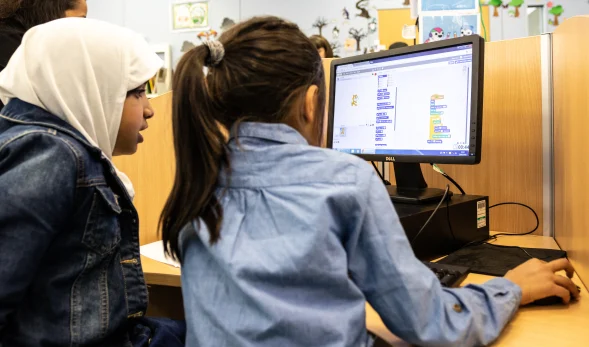Research projects
AI education for young people
We are investigating how best to teach and learn the fundamentals of artificial intelligence (AI), machine learning (ML), and data science. We are also examining how to use AI tools when learning to program. To support this, we developed a systematic framework called SEAME that can be used to categorise or design teaching resources in this area, and we worked together with teachers in the UK to create practical guidance for computing teachers on AI.
Our current projects explore the integration of AI tools into programming lessons, how data ethics and data science are taught in the classroom, and how AI education is being introduced in schools in the UK and Ghana. Alongside this research, we have hosted several online seminar series on AI and ML in the last years, in which leading international researchers presented their research in this area.
Find out more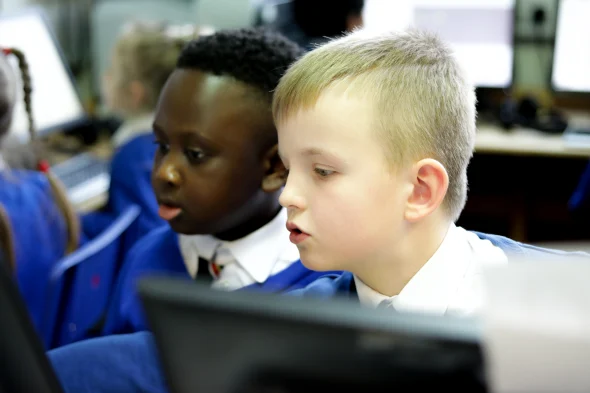
Broadening participation in computer science
We aim to understand — and work to remove — the barriers to computing education. This includes the factors that make it harder for young people to engage and progress in computing as a subject and a career. In our projects in this area, we have explored different approaches to addressing the gender imbalance and encouraging more girls to engage with computing in schools, created guidelines for educators to support them with culturally relevant pedagogy and culturally responsive teaching, and investigated how to create culturally adapted computing resources for primary classroom use.
Find out more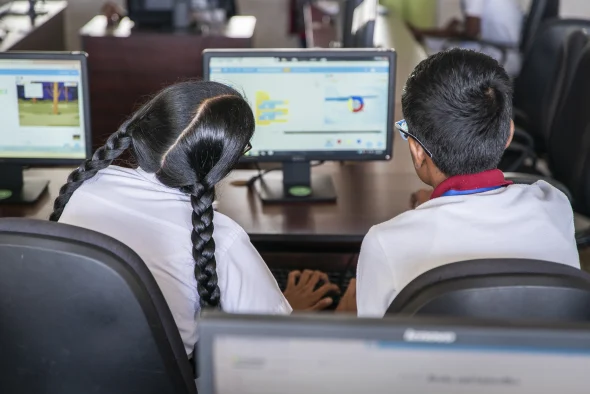
Curriculum
We engage in research to better understand the teaching and learning of computing in countries around the world. We also give educators and researchers the chance to share and benefit from each other’s experiences.
The Computing Around the World study investigated how national policies for K–12 computing education evolved globally between 2019 and 2024. We also conducted a large survey of computing teachers across England, Wales, Scotland, Northern Ireland, and the Republic of Ireland.
Find out more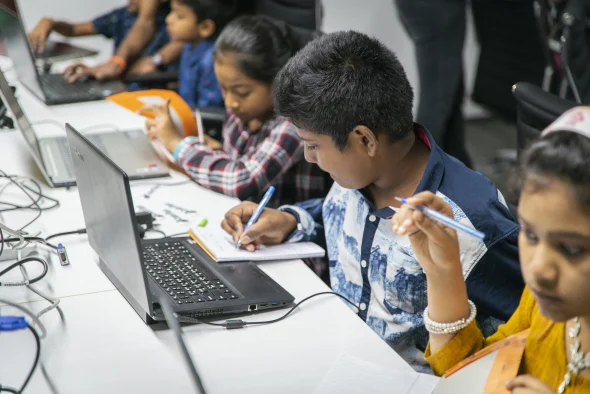
Pedagogy, including teacher professional learning
We research computing pedagogy — or how to teach computing — in formal and non-formal settings, including teacher professional development for this area. For instance, we use Legitimation Code Theory (LCT) to analyse and design teaching approaches that make abstract computing concepts more accessible. We also use it to explore how computing is taught alongside or through other subjects.
We offer teachers opportunities to conduct action research in their own classrooms in our Teacher Inquiry in Computing Education programme.
Find out more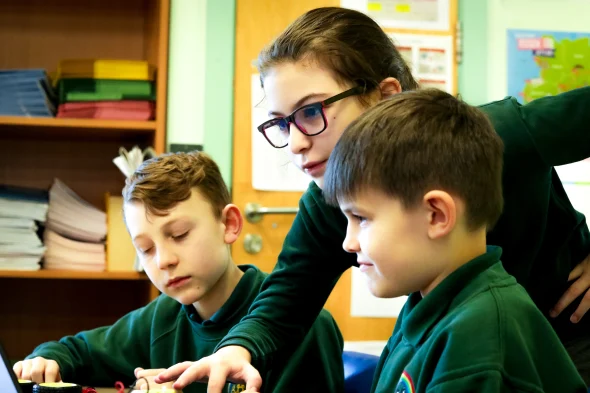
Physical computing
A popular pedagogical approach to teaching computing is to use physical devices, so we want to investigate teaching and learning through physical computing.
Our ongoing EPICS project is a five-year, UK-wide longitudinal study investigating how primary pupils’ engagement with physical computing affects their long-term attitudes, creativity, and digital confidence, while also examining the roles of teachers and parents in shaping pupils’ digital capital.
Find out more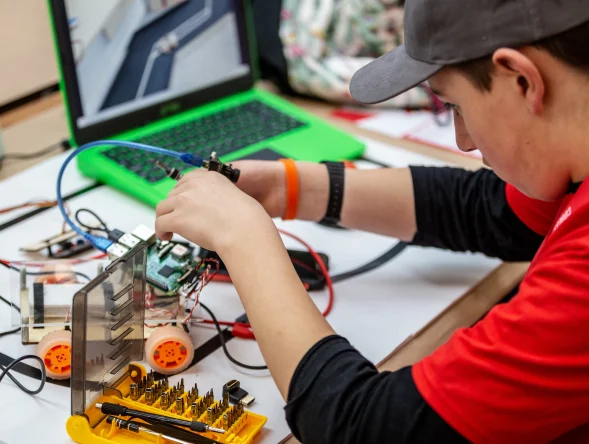
Programming education
Programming is a fundamental component of computing education; yet teaching and learning programming can be a challenge for educators and students alike.
We investigate programming with and without AI. We have a particular focus on debugging for text-based programming at the secondary school level. We also investigate feedback generated by AI in the context of programming error messages.
Previously we developed the Predict–Run–Investigate–Modify–Make (PRIMM) approach for structuring programming lessons, which has now been adopted around the world.
Find out more